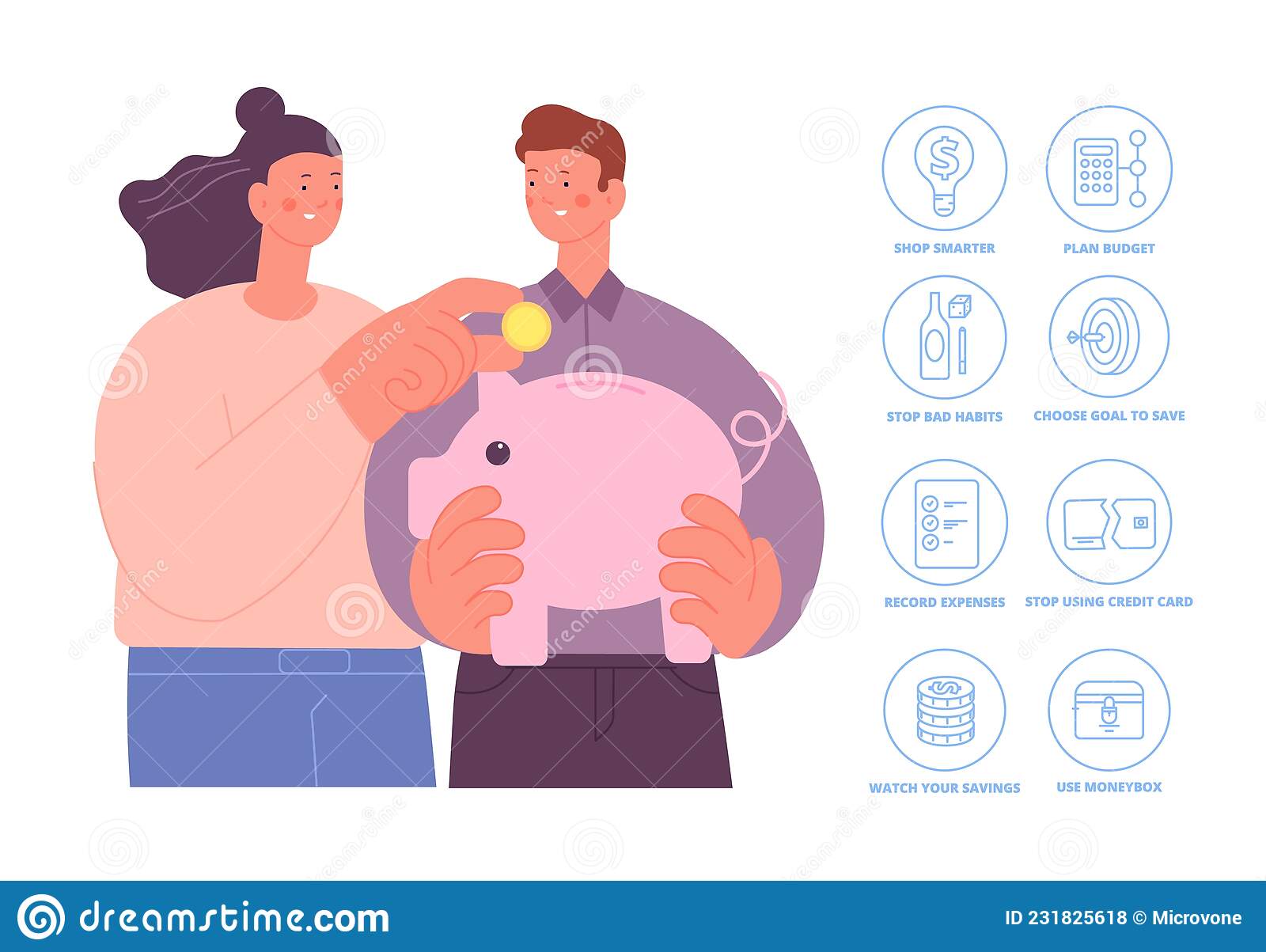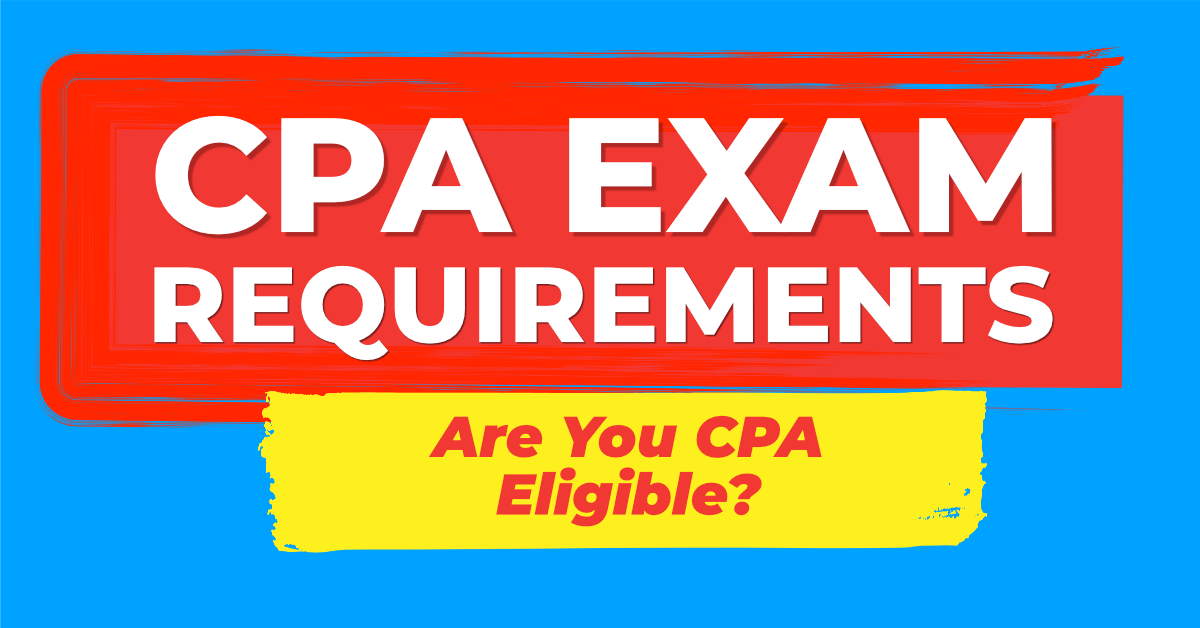
Automated inventory count are a great method to lower expenses. Manual counts are not as efficient and can lead to storefront closures or overtime for employees. Also, it is possible for retail accounting to be inaccurate if items have changing prices. However, such fluctuations may undermine the fundamental premise in retail accounting. In retail operations, automated inventory counts are possible to improve accuracy.
Cost of goods sold
The total cost of goods sold (COGS), is the sum of all costs involved in creating the product. It includes direct labor and material (which are often variable costs). It also includes overhead costs, including rent, utilities, and supervisory salaries. Benefits and billable hours can also be included. In some cases, the selling price of goods may be adjusted to reflect the service cost.

Ending inventory cost
You can calculate the cost of ending inventory by subtracting the sales value from the amount in your inventory. Add this amount to the cost-to–retail ratio and you will get the cost of ending stock. If a company had $90,000 in total sales it would cost $10,000 to end inventory. Multiply this figure by the cost/retail ratio of 50%. This formula allows you to estimate the cost associated with ending inventory for any business.
Last in, last out method
The Last In, First Out method of accounting for retailing is the opposite of the first-in-first-out method, which means that the item placed in the inventory last will be the first to sell. This method is typically used in retail settings for items without expiration dates, seasonal collections, and products with an identical trend that returns year after year.
Automating bookkeeping for retailing
A key component of a successful business is automating bookkeeping for retail. Businesses must keep accurate financial records in order maximise profits. The right accounting software can streamline repetitive tasks and improve productivity. QuickBooks accounting software is able to automatically categorize, store and organize transactions. This makes it much easier to analyze data and spot trends. It can also help businesses plan and forecast seasonal and monthly inventory. Automated inventory reporting helps retailers avoid losing valuable products and improve customer experience.
Benefits
There are many ways that retailers can benefit consumers. For example, they can offer a variety of products in small quantities at affordable prices. A physical location can be arranged near target markets to make them easier to visit. Plus, if something goes wrong, they can replace it instead of having to buy a new one.

Drawbacks
The retail method is the simplest method of accounting retail. Although it is fast and simple, this method is not accurate and can only be used in very limited circumstances. In most cases it does not capture the true cost for inventory. Furthermore, the method uses a fixed markup which is not always consistent across stores. This means that it can't deliver the entire value of inventory even if there is a sales promotion.
FAQ
What does an auditor do?
Auditors look for inconsistencies within the financial statements with actual events.
He ensures that the figures provided are accurate.
He also verifies the validity of the company's financial statements.
What are the main types of bookkeeping system?
There are three main types of bookkeeping systems: manual, computerized and hybrid.
Manual bookkeeping uses pen and paper to keep track of records. This method requires constant attention.
Software programs can be used to manage finances through computerized bookkeeping. This saves time, effort, and money.
Hybrid bookkeeping combines both manual and computerized methods.
What is bookkeeping exactly?
Bookkeeping can be described as the keeping of records about financial transactions for individuals, businesses and organizations. It also includes the recording of all business-related income and expenses.
Bookkeepers track all financial information such as receipts, invoices, bills, payments, deposits, interest earned on investments, etc. They also prepare tax returns and other reports.
How do accountants work?
Accountants partner with clients to help them get the most out their money.
They are closely connected to professionals such as bankers, lawyers, auditors, appraisers, and auditors.
They also assist internal departments such as human resources, marketing, sales, and customer service.
Accounting professionals are responsible for maintaining balance in the books.
They determine the tax due and collect it.
They also prepare financial statement that shows how the company is performing.
What is a Certified Public Accountant?
Certified public accountant (C.P.A.). An accountant is someone who has special knowledge in accounting. He/she is able to prepare tax returns and help businesses make sound business decisions.
He/She keeps an eye on the company's cash flow, and ensures that everything runs smoothly.
What is the distinction between a CPA & Chartered Accountant, and how can you tell?
Chartered accountants are accountants who have passed all the necessary exams to get the designation. Chartered accountants usually have more experience than CPAs.
Chartered accountants also have the ability to provide tax advice.
The average time to complete a chartered accountancy program is 6-8 years.
Statistics
- a little over 40% of accountants have earned a bachelor's degree. (yourfreecareertest.com)
- BooksTime makes sure your numbers are 100% accurate (bookstime.com)
- a little over 40% of accountants have earned a bachelor's degree. (yourfreecareertest.com)
- The U.S. Bureau of Labor Statistics (BLS) projects an additional 96,000 positions for accountants and auditors between 2020 and 2030, representing job growth of 7%. (onlinemasters.ohio.edu)
- Employment of accountants and auditors is projected to grow four percent through 2029, according to the BLS—a rate of growth that is about average for all occupations nationwide.1 (rasmussen.edu)
External Links
How To
How to get a degree in accounting
Accounting is the practice of keeping track financial transactions. Accounting can include recording transactions made by individuals, companies, or governments. Accounting refers to bookkeeping records. Accountants prepare reports based on these data to help companies and organizations make decisions.
There are two types if accountancy: general (or corporate), and managerial. General accounting is concerned with the measurement and reporting of business performance. Management accounting focuses on measuring, analyzing, and managing the resources of organizations.
An accounting bachelor's degree can help students become entry-level accountants. Graduates can choose to specialize or study areas such as finance, taxation, management, and auditing.
Students who want to pursue a career in accounting should have a good understanding of basic economics concepts such as supply and demand, cost-benefit analysis, marginal utility theory, consumer behavior, price elasticity of demand, and the law of one price. They should be able to comprehend macroeconomics, microeconomics as well as accounting principles.
A Master's degree in Accounting requires that students have successfully completed six semesters worth of college courses. These include Microeconomic Theory, Macroeconomic Theory. International Trade. Business Economics. Financial Management. Auditing Principles & Procedures. Accounting Information Systems. Cost Analysis. Taxation. Human Resource Management. Finance & Banking. Statistics. Mathematics. Computer Applications. English Language Skills. Students must also pass a Graduate Level Examination. This examination is normally taken after students have completed three years of education.
Candidats must complete four years' worth of undergraduate study and four years' worth of postgraduate work in order to be certified public accountants. The candidates must pass additional exams before being eligible to apply for registration.